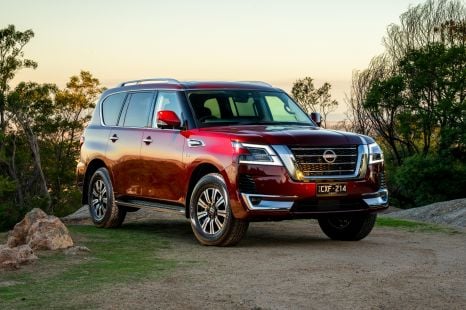

James Wong
5 Days Ago
The first year's results of the new voluntary CO2 Emissions Standard are in and the ute, van and large SUV category has missed its target.

News Editor
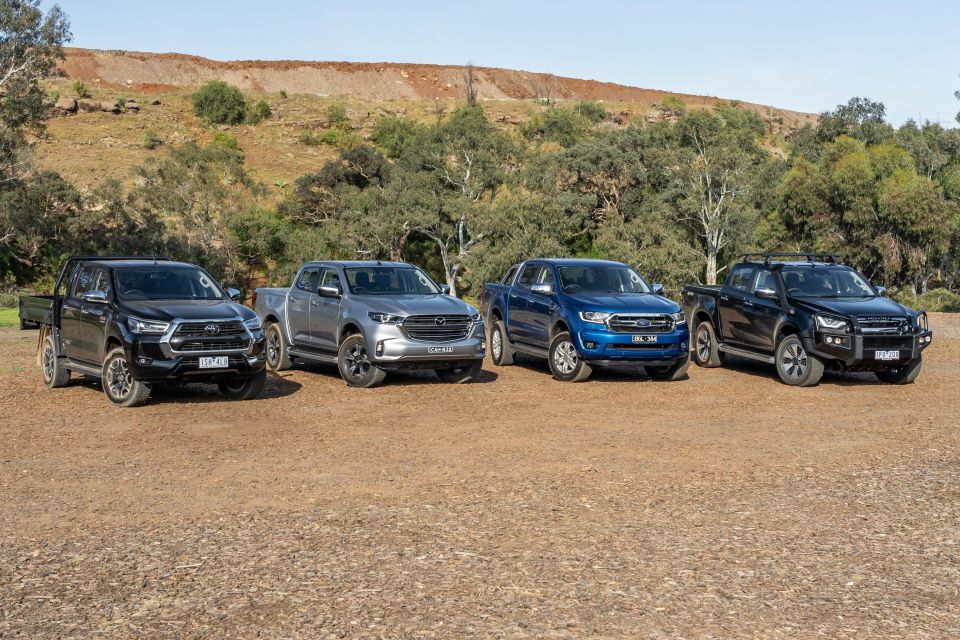

News Editor
The results are in for the first year of the Federal Chamber of Automotive Industries’ (FCAI) CO2 Emissions Standard and it’s a mixed bag.
The MC+NA category, which consists of heavy SUVs and light commercial vehicles, fell short of the target of 197g/km of CO2 for 2020. Instead, the average was 218g/km.
It was better news for the MA category, consisting of passenger cars and crossovers, with a result of 150g/km against a target of 154g/km.
The FCAI will release the performance of individual brands early in April 2021.
As the FCAI can’t fine automakers for non-compliance like a government could, it’ll publish public reports to show whether or not automakers are meeting the targets.
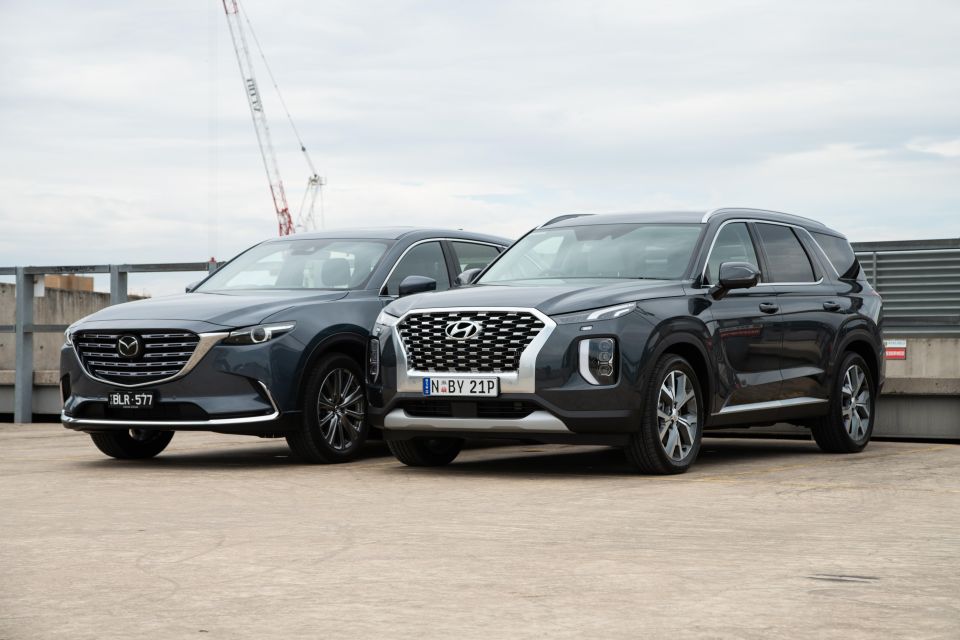
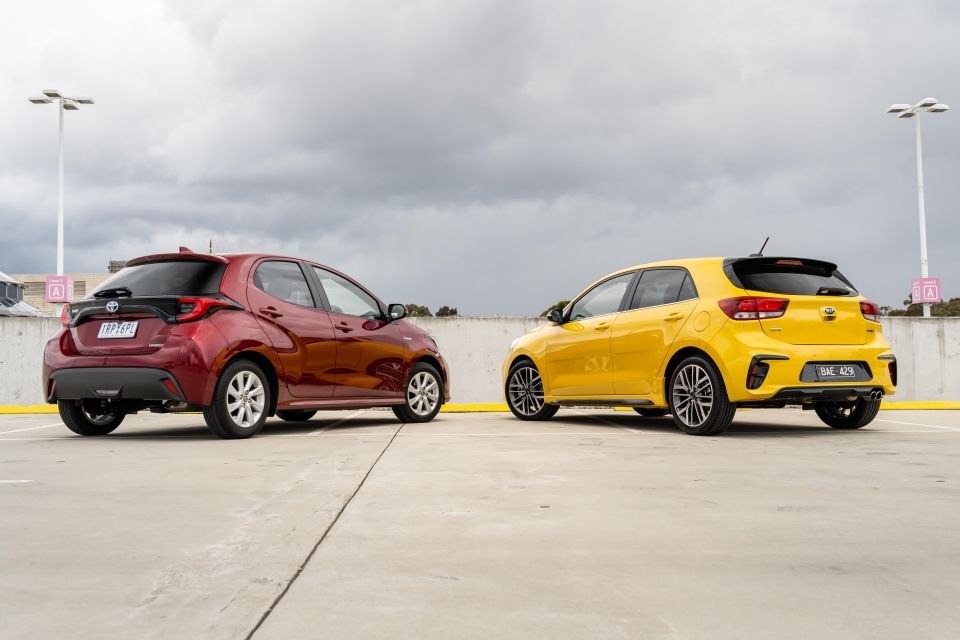
Between 2020 and 2030, the Emissions Standard calls for manufacturers to reduce passenger car and city-focused SUV emissions by four per cent every year, and reduce large SUV and light-commercial (ute, van) emissions by three per cent every year.
That translates to an average of 100g/km for the MA category and 145g/km for the MC+NA category by 2030.
“Clear and consistent direction from governments is a critical signal to car makers who will respond by doing what they do best – and that is, bring the latest, safest and most fuel-efficient vehicles to customers,” said FCAI executive Tony Weber.
“To support this emissions reduction challenge, the FCAI would be pleased if the Federal Government adopted the FCAI Voluntary Standard as a part of the ambition to reduce emissions in the transport sector.”
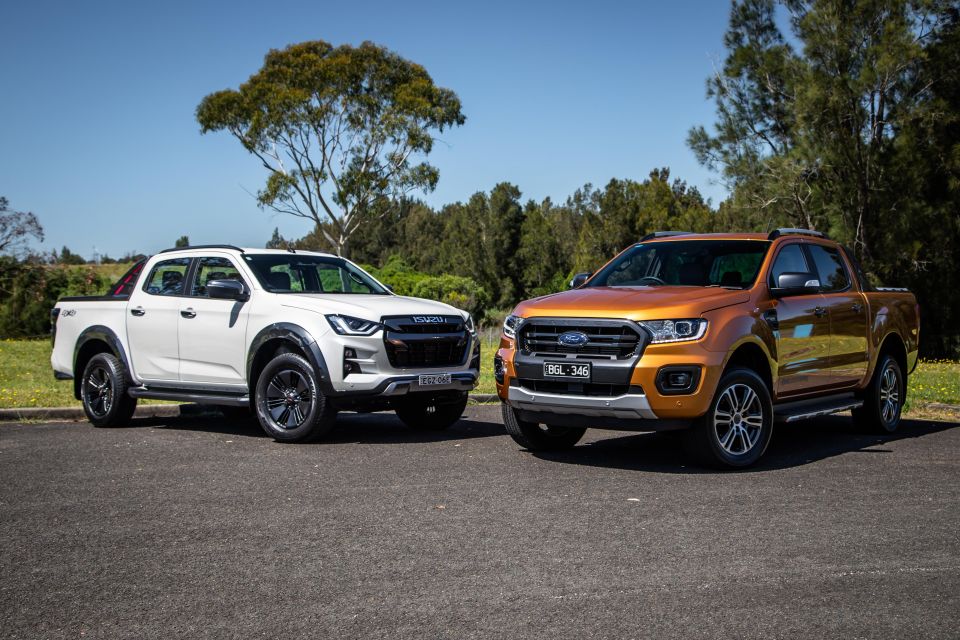
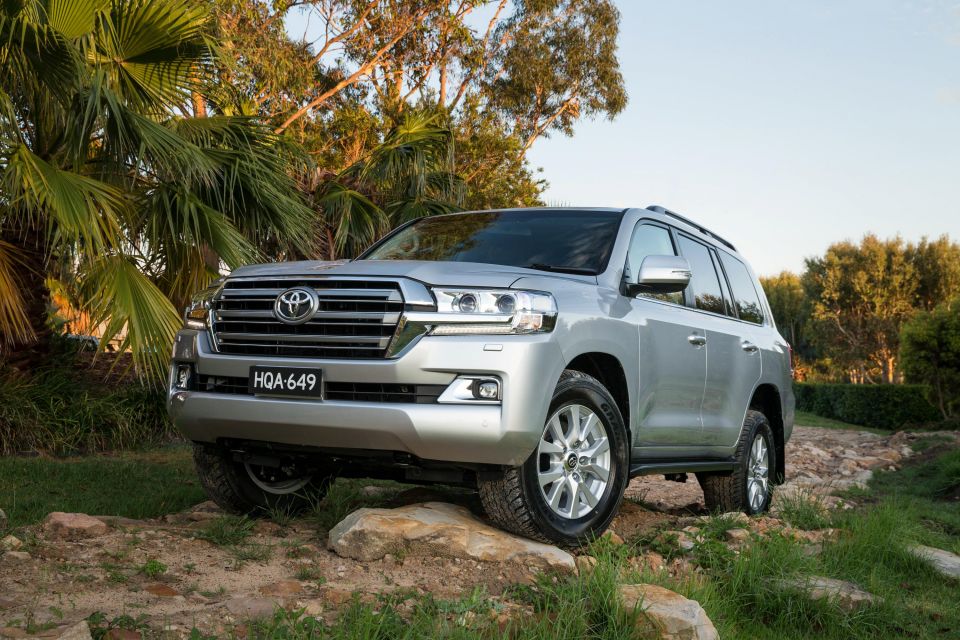
Mr. Weber said it’s a long, challenging road ahead for car companies in Australia and that a significant drop in emissions won’t happen overnight.
He also called upon the Australian Government to improve the quality of fuel in Australia.
More than 40 car brands have thrown their support behind the Emissions Standard, which has been developed over the past four years by the FCAI and its members in the absence of federal standards.
Australia currently subscribes to ADR79/04 rules, which are based on Euro 5 rules.
These were superseded in Europe in 2015 by Euro 6 rules, and tougher-still Euro 6d rules came into force there this year.
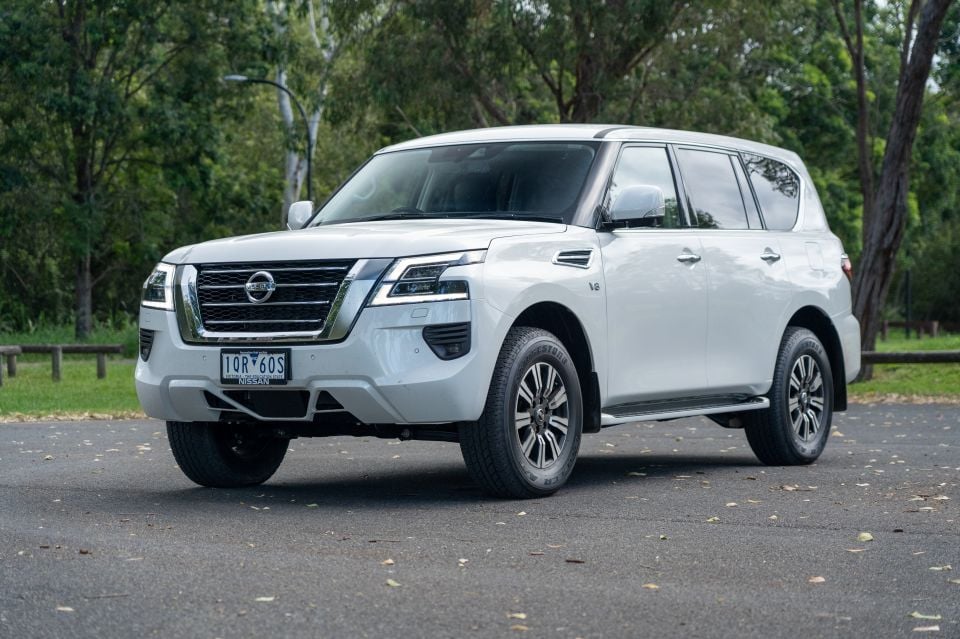

While it has set benchmarks for the emission of harmful pollutants such as carbon monoxide (CO), hydrocarbons, oxides of nitrogen (NOx), as well as the mass of particulates and number of particles, the Australian Government hasn’t yet set a fleet emissions target for automakers.
There are also no federal incentives for buying zero-emission vehicles beyond a tweaked Luxury Car Tax (LCT) threshold for more economical vehicles.
Additionally, states like South Australia and Victoria are proposing programs that would effectively disincentivize early electric vehicle and plug-in hybrid adopters by charging a road-use tax.
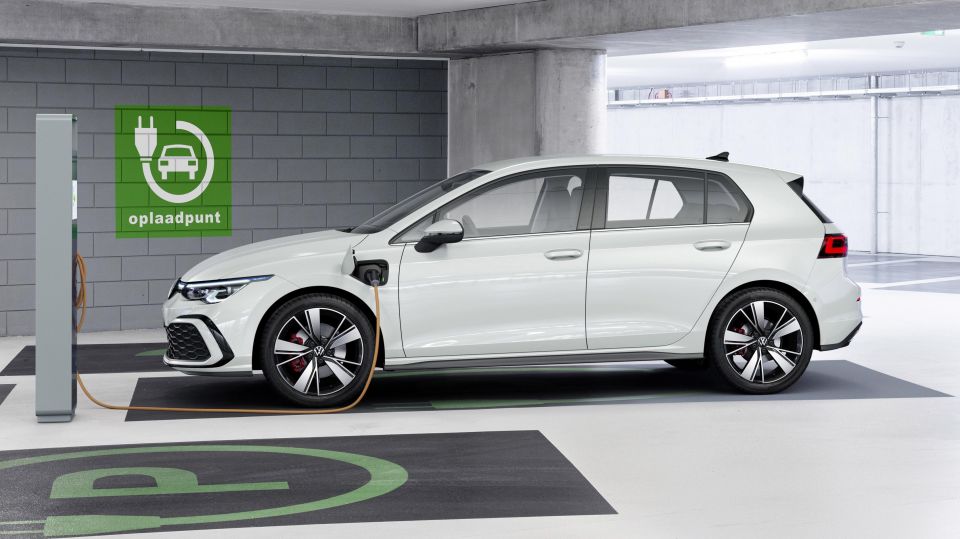
In terms of introducing new electrified models, Australia is low on the priority list for many automakers due to the lack of strict federal emissions standards or incentives for buying zero-emission vehicles.
The voluntary standard’s 2030 passenger car target of 100g/km is equivalent to less than 5.0L/100km in petrol vehicles and less than 4.0L/100km in diesels, while the light commercial vehicle and large SUV target of 145g/km equates to just over 6.0L/100km for petrol vehicles and just over 5.0L/100km in diesels.
These goals don’t apply to every individual vehicle and are instead calculated across a carmaker’s entire fleet.
That means powerful, polluting performance cars are still on the table, but their sales will need to be offset by low-emitting hybrid, plug-in hybrid, or electric vehicles to bring the fleet average down.
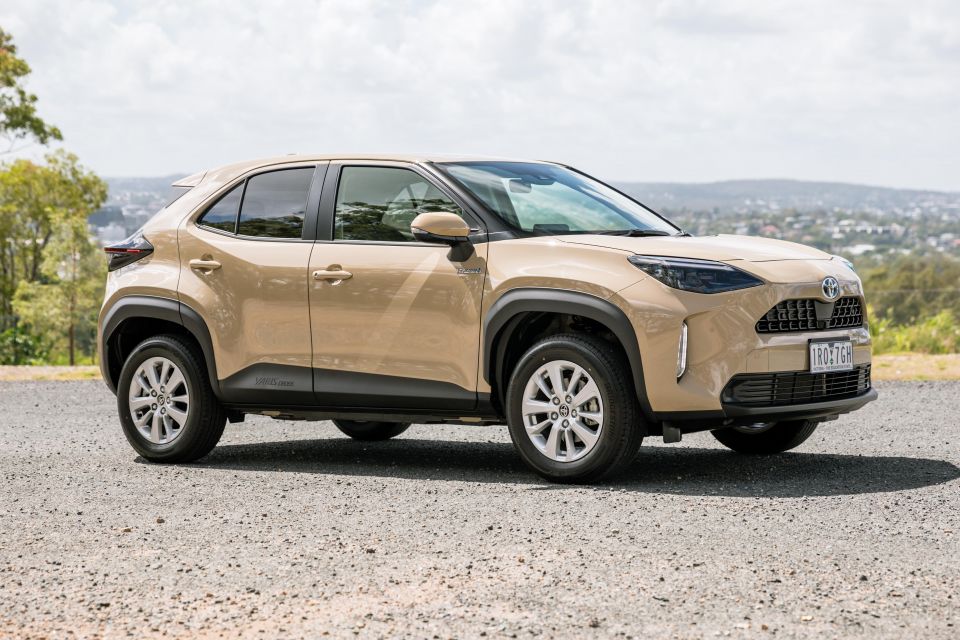
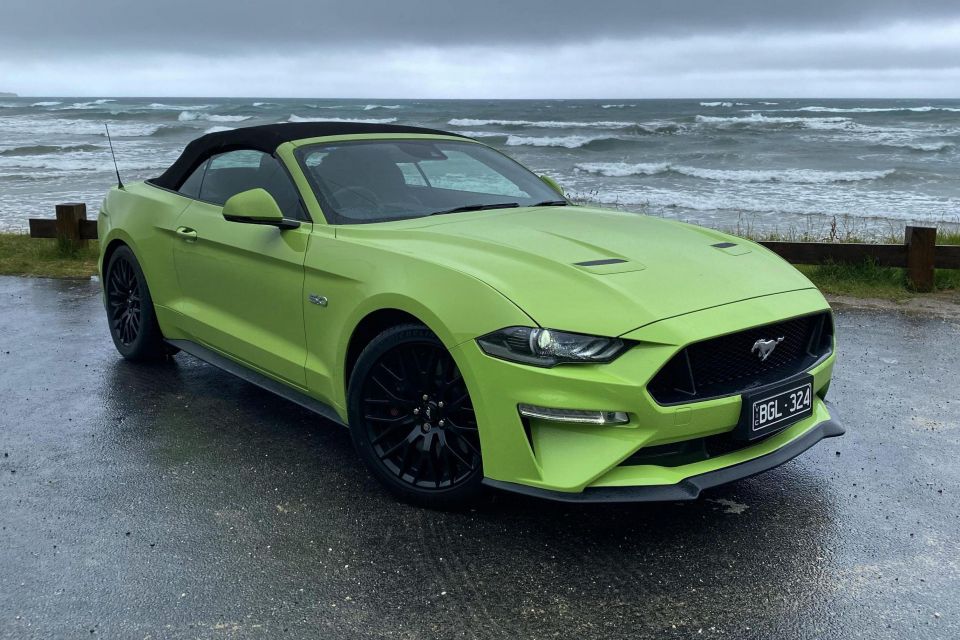
The FCAI says manufacturers aren’t guaranteed to record annual improvements. “In this instance, the end goal of meeting the 2030 target remains the key focus,” it says.
Reporting for fleet emissions will be carried out in the same way as in Europe, which is led by the European Environment Agency in Copenhagen, Denmark.
Borrowed from the USA are carry-forward credits and debits. Every zero-emissions vehicle sold will count for three under the scheme, while there are two other tiers allowing manufacturers to claim low-emitting vehicles as either two or 1.5 sales.
As is the case in the USA, manufacturers will be able to transfer credits between each other.
William Stopford is an automotive journalist based in Brisbane, Australia. William is a Business/Journalism graduate from the Queensland University of Technology who loves to travel, briefly lived in the US, and has a particular interest in the American car industry.


James Wong
5 Days Ago
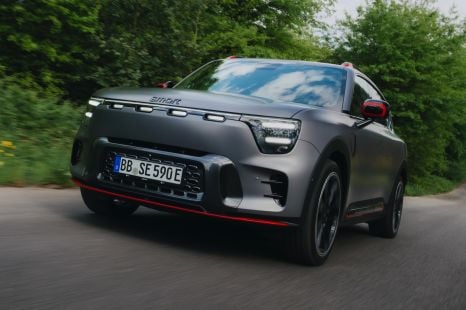

James Fossdyke
5 Days Ago


Gautam Sharma
4 Days Ago
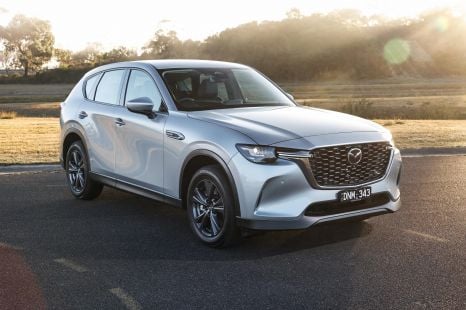

Josh Nevett
2 Days Ago
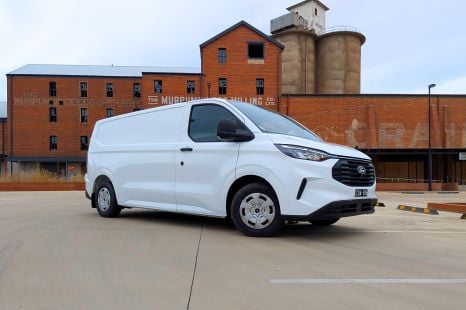

William Stopford
2 Days Ago
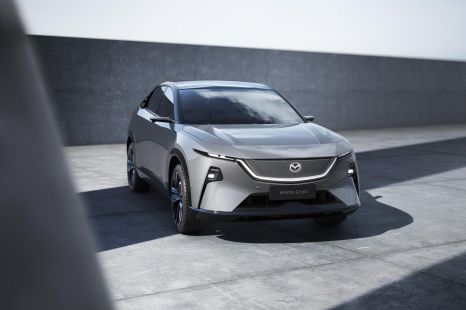

Derek Fung
8 Hours Ago